Episode 550 – Dog Days, Part 2
Manage episode 445837476 series 1755874
This week we continue our footnote on the history of dogs in Japan. How did public perceptions of dogs change during the Meiji period? How did the adoption of modern notions of dog ownership and pet keeping help remake Japan’s cities? And what impact did all of this have on Japan’s existing canine population?
Sources
Skabelund, Aaron. Canines, Japan, and the Making of the Modern Imperial World.
Walker, Brett L. “Animals and the intimacy of History.” History and Theory 52, No 4 (December, 2013).
Kurosawa, Aiko et al. “The Rise and Fall of Rabies in Japan: A Quantitative history of Rabies Epidemics in Osaka Prefecture, 1914-1933.” PLoS neglected tropical diseases 11, No 3 (March, 2017)
Images
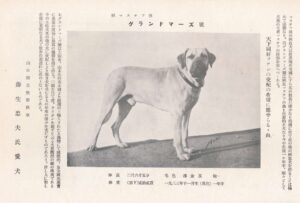
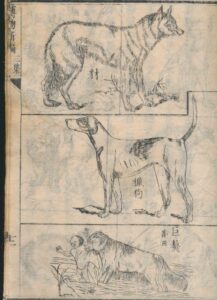
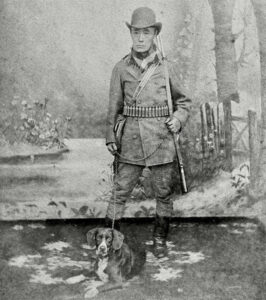
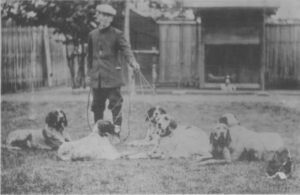
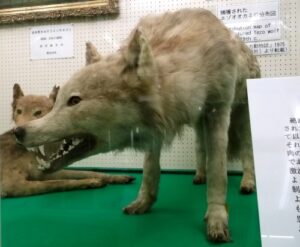
9 episodi




